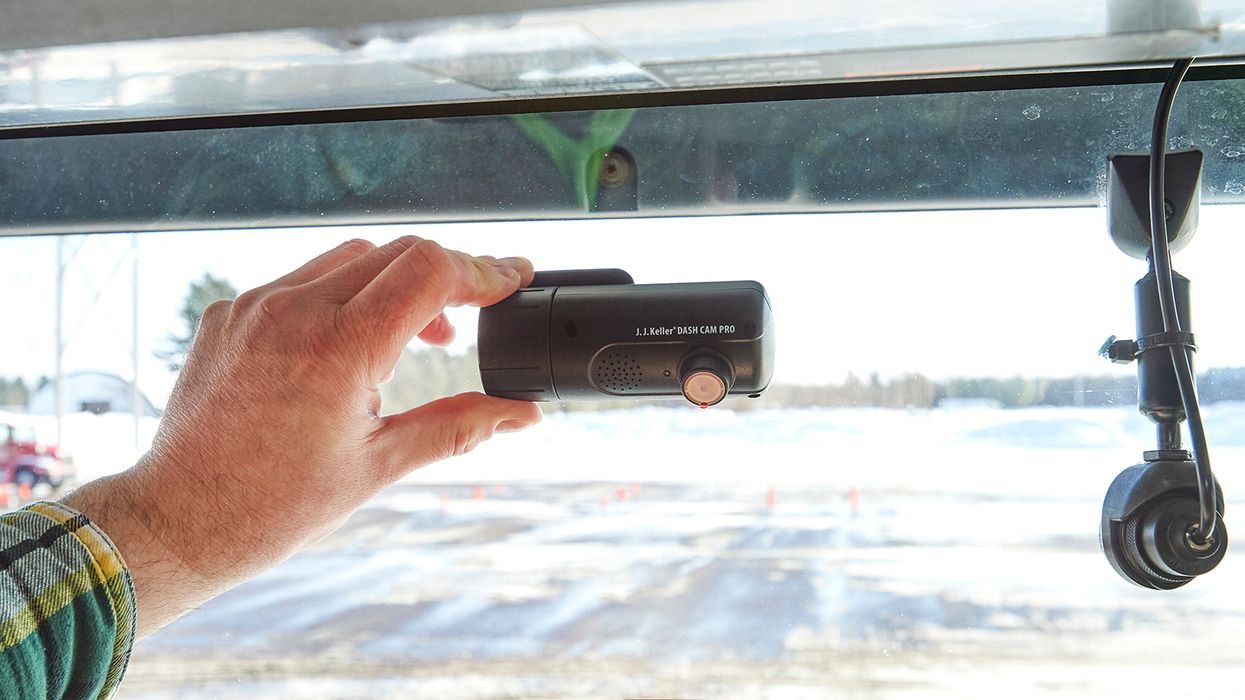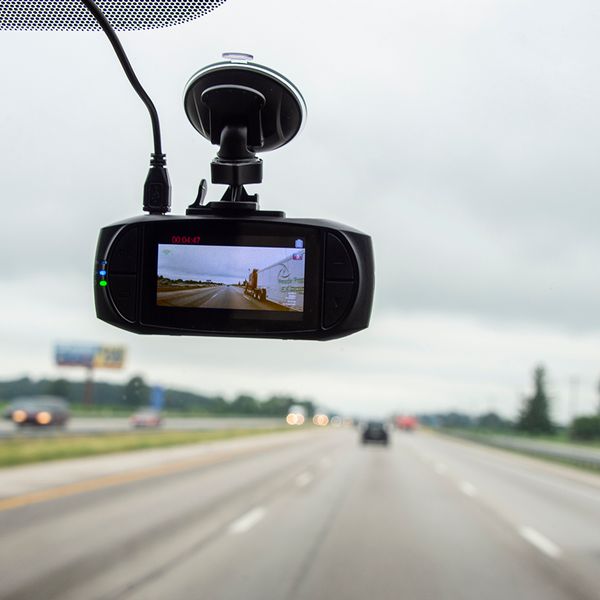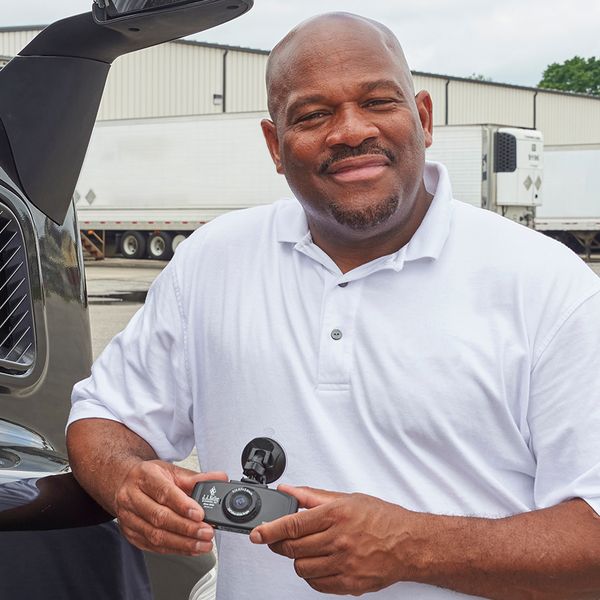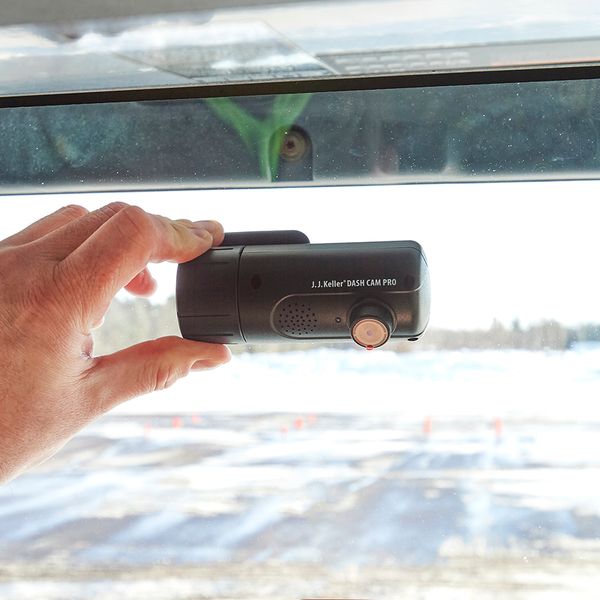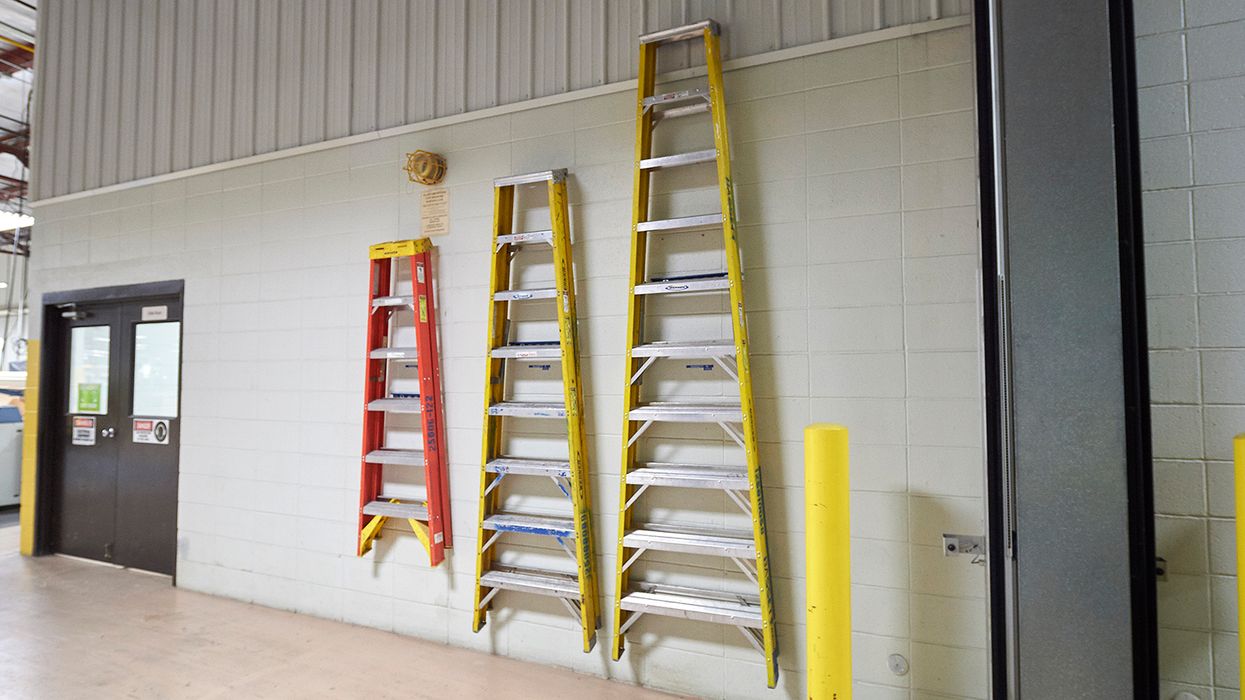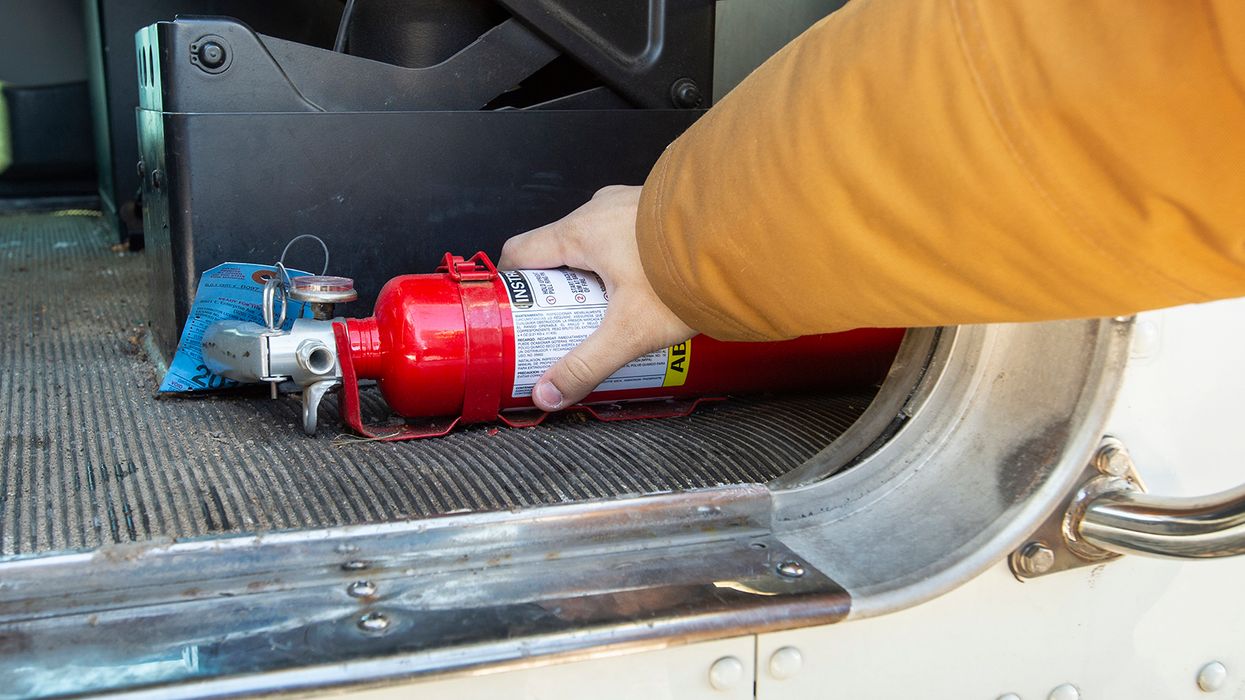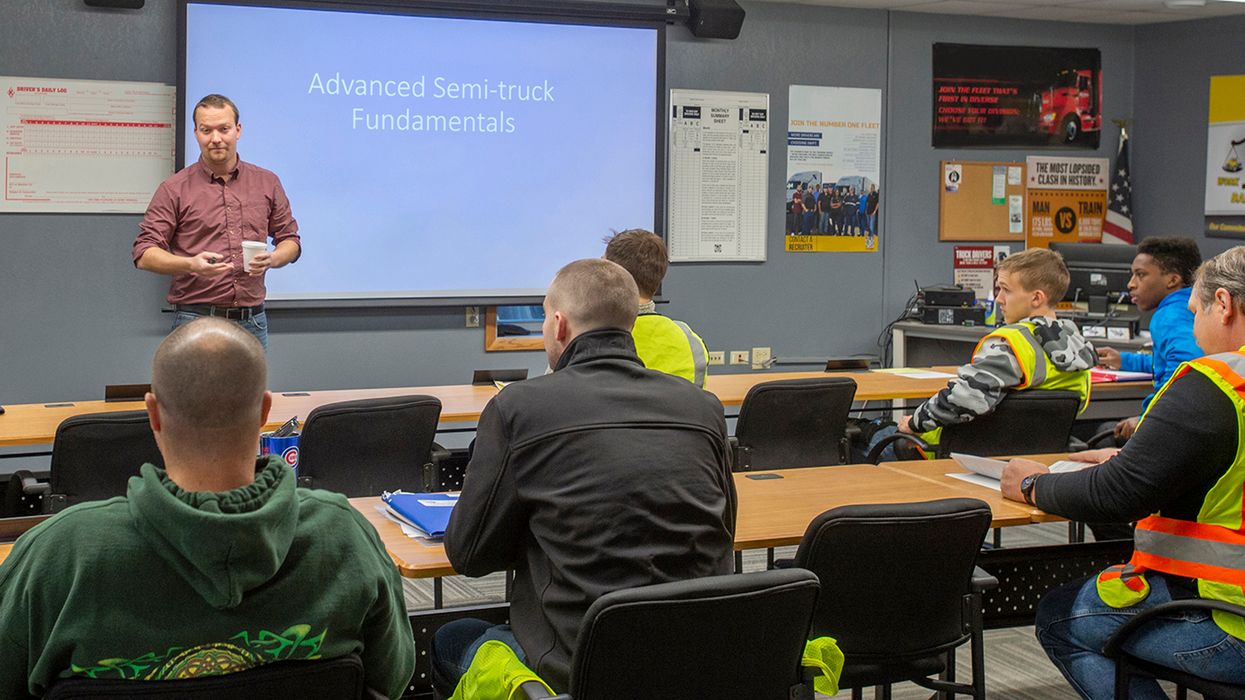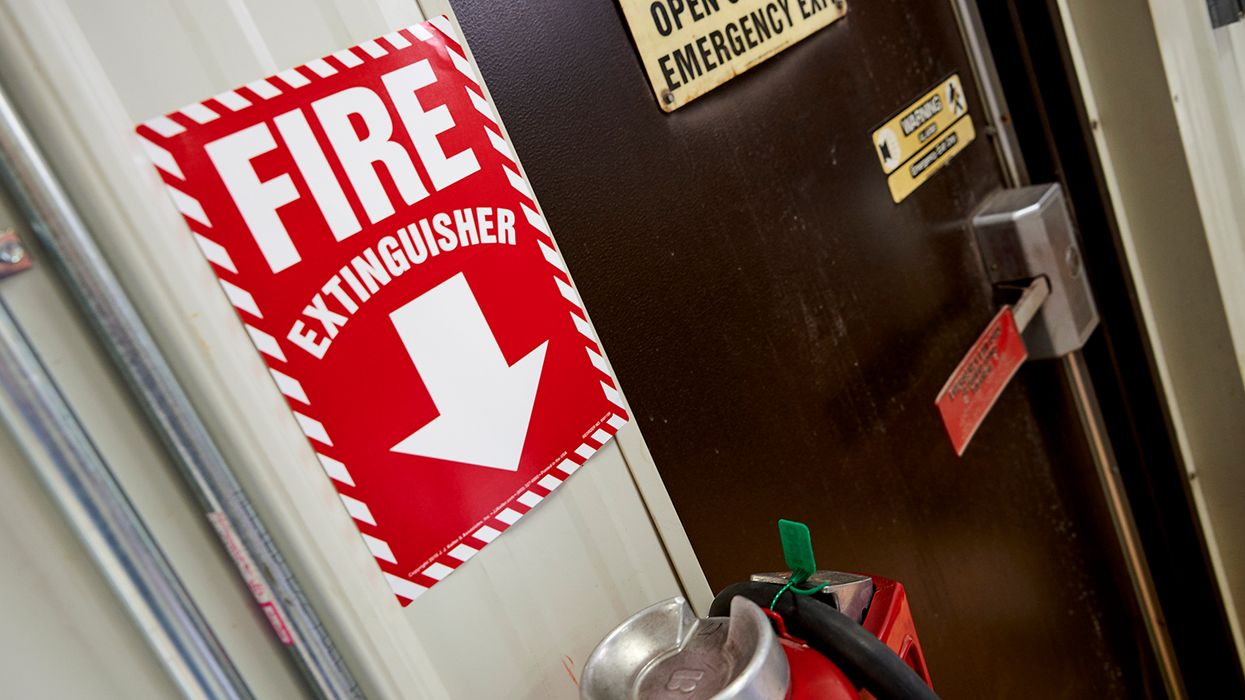Gaining the support of skeptics: 4 tips to win support for dash cameras at union fleets
Integrating dash cameras into union carrier fleets is a forward-thinking move towards safeguarding both drivers and cargo. Sounds easy right? Not so fast.
Prior to implementing driver-facing dash cameras, the National Master Freight Agreement between the carrier and the union must be evaluated. Often, there is contractual language that prohibits the use of driver-facing cameras. If no such language exists, then the carrier must proceed with caution using the following best practices.
#1. Change Management
This is the most critical and overlooked aspect of driver-facing cameras. Executive leadership will need to seek approval from the union prior to adoption. Simple, clear, and concise presentations about the innovative technology may not be welcomed by the union, but they will understand “The Why.” Driver meetings should be held by the safety team at large facilities.
#2. Explain how the trigger system works
Union officials and stewards will want to fully understand what triggers the system and how it operates. This will involve the triggering events, scoring system, and coaching platform. Prepare for a live demo to demonstrate the features of the system.
The most effective way to achieve employee acceptance is to share videos of your employees demonstrating safe behavior in a dangerous situation. Dispel misconceptions about dash cameras by highlighting:
- Driver exoneration in accidents,
- Insurance reductions, and
- Improved safety metrics through effective coaching.
#3. Disciplinary vs. coaching process
Set clear expectations with in-cab cameras. If it is illegal, the company has a right to know about it. Start with seatbelts and cell phones. Curbing these two violations will improve your accident data.
Video technology partners have expert review teams that analyze video according to a standardized set of observations, and they prioritize coaching events based on risk. To effectively change behavior and reduce accidents, safety professionals rely on coaching platforms that rank drivers based on driving habits.
#4. The steward’s role in coaching or discipline
The union will want a seat at the table for all disciplinary meetings. Initially, they will also want to be in all coaching meetings with drivers. After they understand the purpose and full scope of a coaching session, they will likely not participate unless a driver requests it. To combat misinformation, allow stewards to have a generic version of the presentation.
It is critical to obtain support from union leadership. Meet with union leaders on a regular basis to discuss all phases of the implementation, onboarding, and coaching processes.
Key to remember: Successfully implementing a new camera platform involves transparency, collaboration, and driver engagement to achieve desired results from the system and your drivers.

